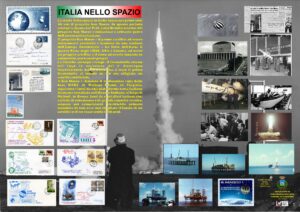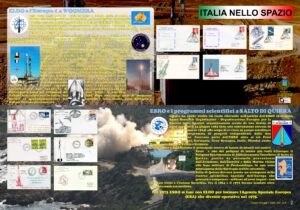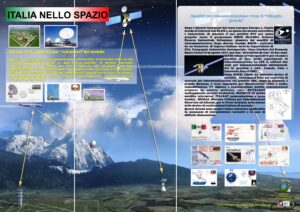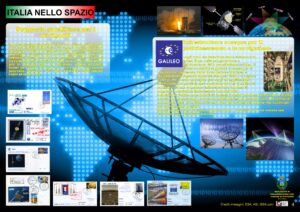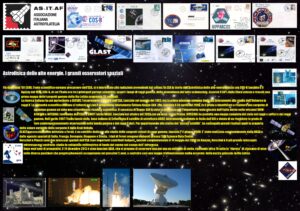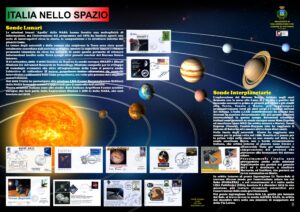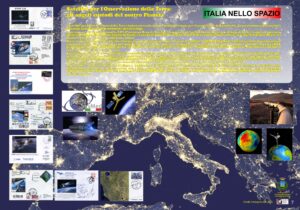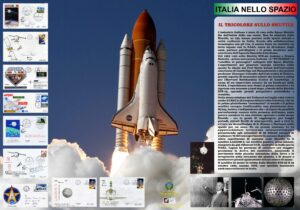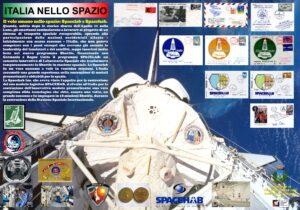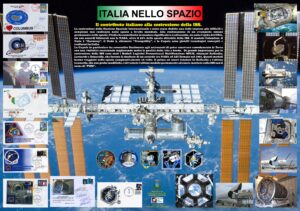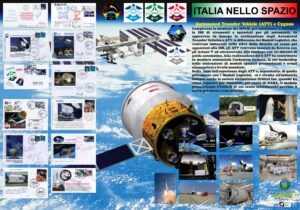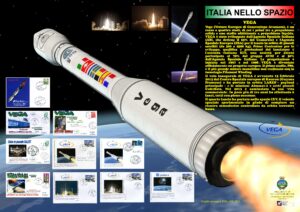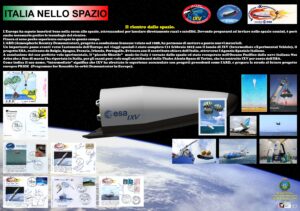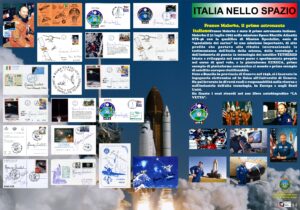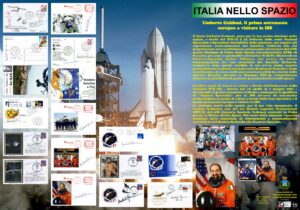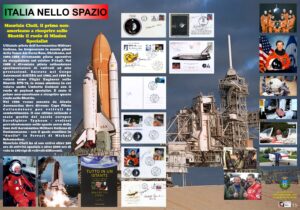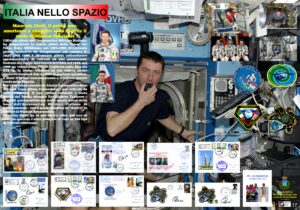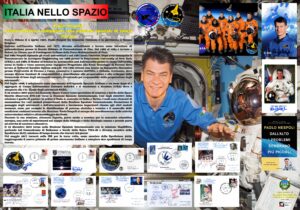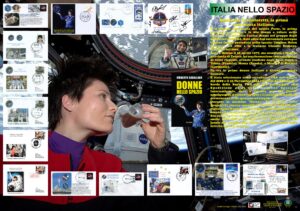The exhibit, which is developed through 20 panels, tells the history of over 50 years of Italy’s successes in space.
The successful history of ITALY IN SPACE begins in the early Sixties with the San Marco Project: the first satellite entirely built and launched by a Western European Country.
With the launch of San Marco on December 15, 1964, Italy became the fourth country after the USSR, USA and Canada, to have its own satellite in space and the third to have it operated by its own launch team.
Italy was very active in the early 60s, when it took part in the initiatives of ELDO (Woomera) and ESRO (Salto di Quirra) that led to the set-up on the European Space Agency.
The Italian aerospace industry succeeded not only in entering the field of scientific satellites, where it accumulated prestigious records, but also in manned space flights, where it is now recognized as leader in producing manned pressurized volumes. Over 50% of the living space of the International Space Station was produced in Italy.
The exhibition – prepared with the scientific support of ASI – was first presented in Rome, in the ASI auditorium on 15 and 18 December 2014, on the occasion of the official presentation of the Italian San Marco stamp. It was in standing display for about a semester.
Then it was re-presented in a completely renewed form, in Spotorno (SCIENZA FANTASTICA 2016 , 28-30 July 2016), Bologna (ITALIAFIL 2016, 21-22 October 2016), Villarbasse (25 years of Italian astronauts in space, 25 March - 3 April 2017), Milano, (FESTIVAL DEL VOLO, 2 - 4 June 2017), Spotorno (SCIENZA FANTASTICA 2017, 24 - 30 July 2017), Busalla, (FESTIVAL DELLO SPAZIO [27 - 30 July 2017), Torino (ALTEC, 14-15 October 2017), Milano (ITALIAFIL 2018, 23-24 March 2018), Spotorno (SCIENZA FANTASTICA 2018), Spotorno (SCIENZA FANTASTICA 2020, 23-30 August 2020).
